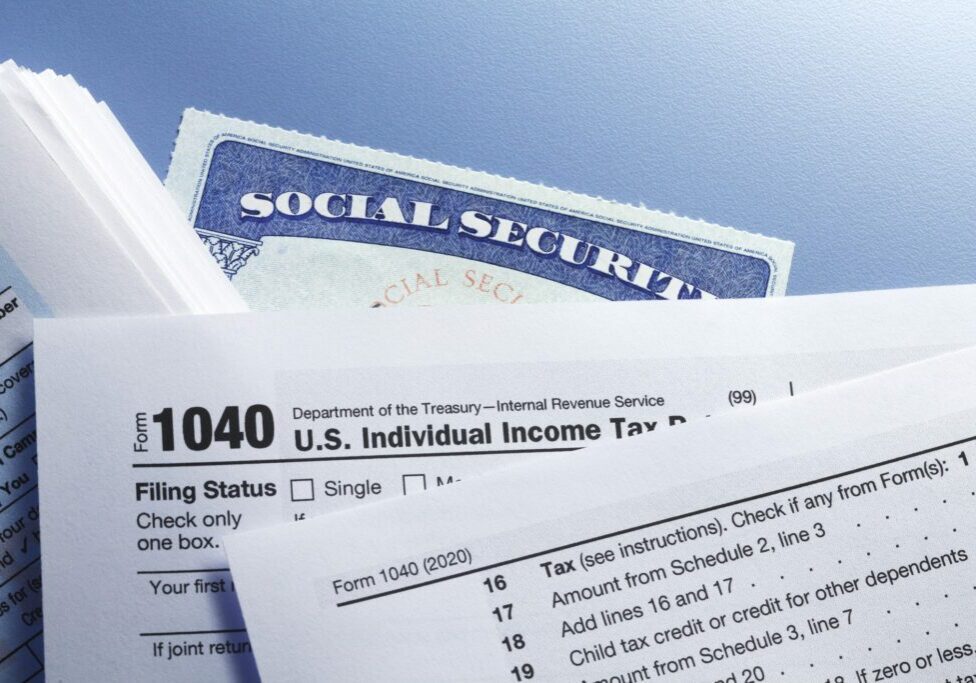Income Tax Reduction and Deferral-Part 1
Are you taking advantage of the many opportunities to defer or reduce your income taxes? There are multiple options to do so besides contributing to retirement plans.
Taxpayers look to consultants and advisers for what they hope will be a little-known, or special strategy, that will work wonders for them. If we had such strategies or advice, there would be a line of clients waiting to see us…and probably a few IRS agents in line along with them!
Often times any one particular strategy may seem inconsequential, or not worth the effort and hassle. Consistent application of several strategies will likely prove significant over one’s lifetime. In implementing these ideas you will have established a plan to be your way to accumulating financial wealth.
Here are some of the more common opportunities to reduce or defer income taxes aside from utilizing retirement plans.
1) Employ your son or daughter under age 18 in a single member Limited Liability Company (LLC), or sole proprietorship (including a farm). The child’s wages are exempt from social security and Medicare taxes, the child gets a standard deduction, and if any remaining amount of wages are taxed they are taxed at normal tax rates (as opposed to the parents’ tax rate for investment income over a certain threshold). This eliminates self-employment taxes to the parents, reduces their income taxes and the child can put the money in a ROTH IRA that will grow tax-free and may even be used for college.
2) Obtain a household Employer Identification number and pay your children under age 21 for domestic services at home. Amounts paid to the child are not subject to social security or Medicare taxes until age 21. A W-2 is prepared for the amount paid (the pay has to be reasonable for the services rendered). While this does not reduce any taxes for the parents presently, the child has earned income and therefore may contribute the gross wages to a ROTH IRA. Proof: a taxpayer even won a challenge by the IRS in court for paying his 7 year old.
3) Establish a college savings plan under Internal Revenue Code section 529. Up to $50,000 may be contributed at once. If used for higher education, the earnings will not be taxed.
4) Establish a Uniform Gift to Minors Act account for your child and gift assets to them. Investment earnings are taxed at the child’s rate until age 18, or age 23 if in college, subject to the kiddie tax rules. The child is legally entitled control of the assets at ages 18 – 21 as determined under state law.
5) There is no longer an income limit on conversion of a Traditional or SIMPLE IRA to a ROTH IRA. Converting a ROTH will trigger taxable income in the year converted, but the account after conversion will grow tax free. There is no required minimum distribution from a ROTH IRA upon reaching age 70 and 1/2.
Hint: conversion should especially be considered if you have a low income year.
6) Even if you’re prevented from contributing to a ROTH IRA because of income limits or participation in an employer retirement plan, you may still be eligible to make a non-deductible contribution to a Traditional IRA. And guess what? You can immediately convert the Traditional IRA to a ROTH. Conversion of an existing IRA or Simple IRA account to a ROTH will trigger some or all of the tax, if any, in those existing accounts.
7) Purchase a tax deferred annuity. One means of doing so is by obtaining permanent insurance that allows for conversion of built-up value in later years to a payment stream if the insured lives (a much better way to “cash it in” than collecting the death benefit!). The dual benefit is having life insurance in place and, as long as premiums are under the limit that would trigger a modified endowment contract, the value can be withdrawn by taking the basis first. Upon death of the insured, the remaining value is paid tax free.
Look for more tax reduction and deferral tips in the next issue.
Ken Meissner is a partner with Alegria & Company, PS. He can be reached at kmeissner@alegriacpas.com








